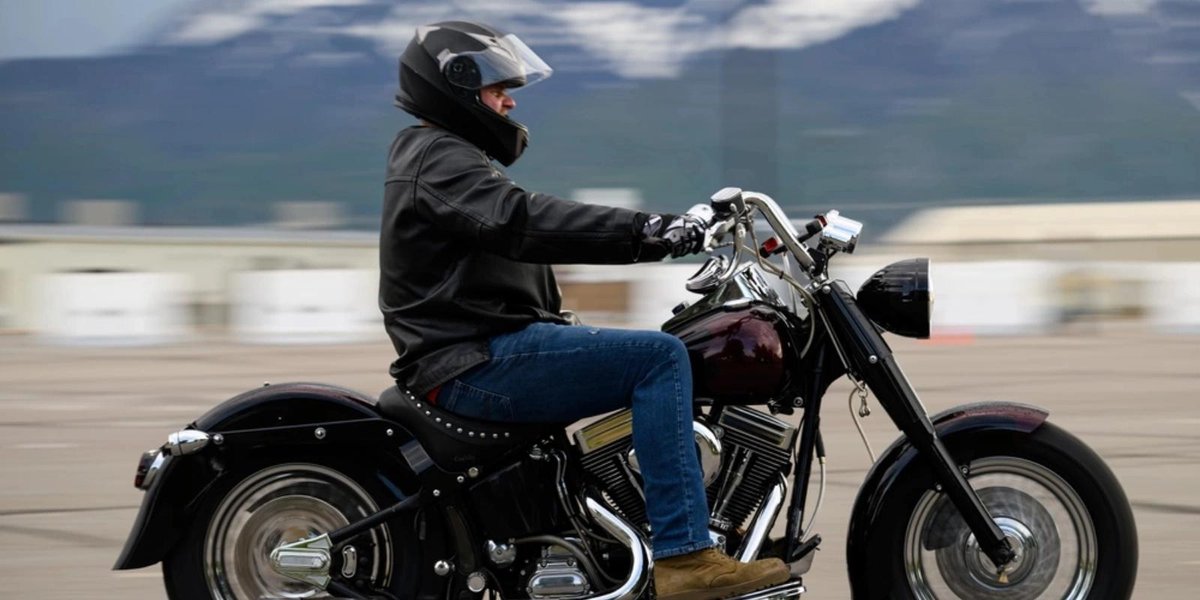T-CLOCS: YOUR KEY TO PASSING BASE MOTORCYCLE INSPECTION

Every motorcycle lover knows the feeling of going on a ride to relax, unwind, and have fun. There is something with the sound of the pipes, the air touching your skin, and the adrenaline rush while going on a ride. Sometimes, you can only go anywhere with your motorbike, but what if you joined the Army and missed those things? Well, you can still have fun and bring your motorbike to the base, provided you follow some protocols such as T-CLOCS. This process can help you obtain authorization to keep your motorcycle but keep in mind that failing to inspect your motorcycle beforehand could result in a life-threatening scenario.
Now, to get permission to ride on base, your bike must pass all the checklists of the safety inspection protocols. The specifics of the checklist might differ from command to command, but there is a standard one that you can use as a reference. The good thing is that there is an open-book test that you can download to start your pre-inspection and make sure that the requirements are met. The T-CLOCS checklist that the military installations are using came from the Motorcycle Safety Foundation. Here are some of the things that you need to keep in mind.
Things to Remember Before T-CLOCS
Being able to ride your motorcycle at the base is a privilege and not a basic right. However, most of the officers there wished that it never existed; to some, it is just another paperwork that will take a portion of their time.
The good thing is, they can't ban it on the base; just don't give them any loophole, as they might jump on it and not allow you to use your bike.
Here is some vital information you need to keep an eye on before showing up.
Tire and Wheels
Begin by ensuring that your tires have the correct air pressure and that you can see the details on your bike's frame; check the tire depth and its overlook. Ensure there are no visible cracks or abnormalities, such as wear and tear, that might be a potential reason for an accident.
Furthermore, check the manufacture date of your tires; it's in "WWYY" format. If it reads "0124," it means that your tire was manufactured in the first week of 2024.
Most experts advise replacing your tires if they are more than five years old.
Furthermore, check your wheels; the spokes must be tight enough to ping once you pluck them, and they should not also show signs of dents or cracks. If you notice that there is a wobble between the axle and wheel, then it's high time for new bearings. In addition to this, consider your break clippers, and make sure that they have enough pads.
Controls
For your next T-CLOCS checklist, consider your motorcycle's controls and inspect for bent, cracked, or broken parts, including the ball ends on handlebar levers, which might need some adjustments. The pivots must also be lubricated.
Inspect the cables, making sure that the supports are in place. Consider your hoses, searching for cuts, bulges, leaks, deterioration, or chafing.
Make sure that the routing is clear of interference, and check that the supports are in place. Lastly, consider the throttle; make sure that it moves freely and does not rev when the handlebars are turned.
Oils and Fluids
When doing a T-CLOCS checklist inspection, remember to check your oil. Before doing so, make sure that the bike is cold; you might get severely burned if you check it while it's hot.
Inspect your motorbike's fuel, oil, and other fluids; if they need some topping up, do so. Check if any leaks come from the hoses, pipes, or tanks.
If your bike has not been used for a long time, check if the fuel is still good, as this might damage the engine.
Chassis
When preparing for T-CLOCS, consider the suspension, bearings, frame, chain, subframe, and all the hardware that holds everything; inspect for noticeable cracks, dents, rust, no leaking grease, or sloppy movements. Inspectors usually scan chains because they are a general sign of a motorbike's health, so they should be properly lubricated and clean.
Stand
Aside from the prerequisite mentioned above, your motorbike should have a good stand. Ensure that the side and center stands are not bent or cracked.
Your stand must have a good working spring and a kill switch that will keep the engine from running with the stand down unless it is in neutral.
If you want to keep your motorbike at the base, do all these self-inspections before letting an inspector check it. On a side note, make sure your bike is clean; if you just went on a dirt ride, wash it once you are home. While you're at it, you might have a closer look at the noticeable parts that need to be replaced. Nonetheless, always have a safe ride.
Related reads:
Allison Kirschbaum
Veteran, Military History & Culture Writer at MyBaseGuide
Allison Kirschbaum is a Navy Veteran and an experienced historian. She has seven years of experience creating compelling digital content across diverse industries, including Military, Defense, History...
Allison Kirschbaum is a Navy Veteran and an experienced historian. She has seven years of experience creating compelling digital content across diverse industries, including Military, Defense, History...
Credentials
- Navy Veteran
- 7 years experience in digital content creation
- Expertise across Military, Defense, History, SaaS, MarTech, FinTech industries
Expertise
- Military History
- Naval Operations
- Military Culture
SHARE:



